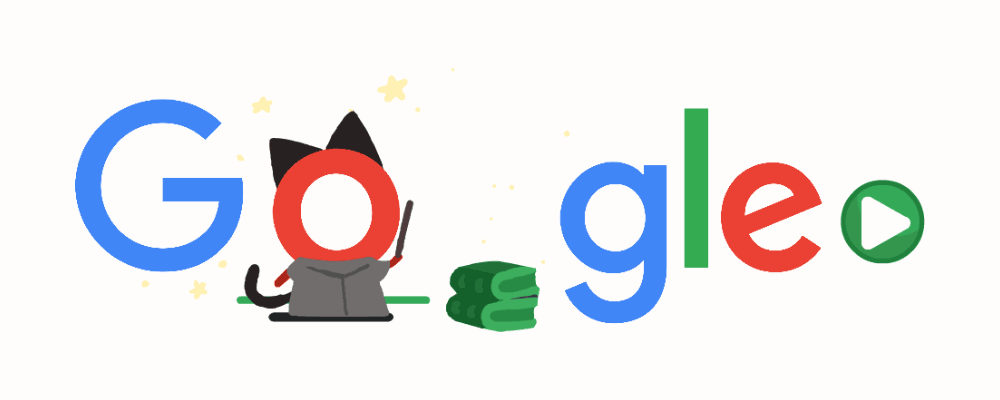When you think of an author (or source) you often imagine an individual writing a book, article, or some other long form of writing. You may even go further and think of an unknown person writing something on behalf of a government agency or a team of individuals working together on a research paper. The reality is that anyone can be an author of something. I am the author of this page. You are the author of anything you post online.
It's important to know who write something and the qualifications they have that make them capable of writing about the topic. This can be challenging, so here are some examples of different author backgrounds and amounts of information given.
Your instructor has asked you to find scholarly articles for your research paper, now what? In this video, we're going to examine three elements to evaluate whether a source is suitable for our purpose of writing a research paper. Every piece of communication has an author, a target audience, and a purpose to the information they're trying to communicate. When we look at that in the context of a scholarly journal article, we can see that as a group, these journals have a fairly serious tone. The covers are informative and not flashy. Let's look inside a scholarly journal at one of the articles. Here is one scholarly article. As we can see this article is 15 pages long. When we look at the author's they tend to be experts, researchers, and scholars in their field. We see here, the authors are affiliated with universities. The authors are writing for an audience of other researchers, scholars and students in that field. These journals are often publishing valuable information for their target audience such as original research studies. Their purpose is to educate and inform. Therefore, these articles are typically longer than five pages since the studies produce a lot of data to fully explain their methods, findings, and conclusions. Because they are writing with a specific audience in mind, they use the specialized vocabulary of that subject field. So if you're a newcomer to this field, you may find it challenging to read and if there are graphics or images included in them, it's because they contribute to understanding the content of the article. They also always include a reference list or bibliography that shows where they got their information from. Now, let's examine author, audience, and purpose in popular sources. These publications have a very different focus than the scholarly ones. We can immediately see the covers are designed to be eye-catching and appealing. When we look at an article in a magazine, we see the authors may be writers with an interest in the topic, but not necessarily experts on that topic. These writers are in the business of selling magazines. Therefore, they seek the widest audience possible, with entertainment and advertising being a purpose of these publications. They want to grab and keep their readers' attention. So the reader will continue to read the publication and hopefully purchase it or some of the advertised products. The purpose of these articles is generally to inform but also entertain. Therefore, the articles are short and engaging often including catchy images and titles. They don't bog down the reader with things like references. They are not going to include original research studies. But they may say things like researchers have found or a recent study. Then summarize the findings in an easy to digest takeaway. As a result you're not going to see a lot of scientific language in these articles because they are gearing the writing toward a non-specialized audience. It's not that this article is bad per se, but it doesn't fit our purpose or our target audience when writing a research paper. Popular articles that reference original research studies may be used as stepping stones to the scholarly articles which contain the research studies. You can use the information found in the popular article, like researchers name, to locate the original source. So just to wrap up, you can use this approach to evaluate any source you come across to determine whether or not it meets your academic research needs. If you would like more information on how to effectively search, check out our other videos or ask a librarian for help.

Government agencies, clinics, institutes, nonprofit organizations, and universities often provide information without an individual author. In these cases, the person who wrote it is doing so on behalf of the organization or as paid by the organization.

Short Bio(graphie)s can often give you an idea of the person's experience, accomplishments, or awards if they do not have a formal designation that signals their expertise. This is often found in magazines, newspapers, and websites (usually by clicking an author's name) in order to provide background about a person.

If you can't identify a source at all, or it has a level of anonymity associated with it you may want to question if it's truly a reliable source. This often shows up as either no attribution, a username that can't be linked to an individual (ex. @altnoaa), or a general 'Staff Writer' that could be anyone on a list that they may or may not provide.

Most professional journals share the current position of the contributing authors. While it looks different depending on the journal or database, the authors provide the information for both contact purposes and to show expertise.

In some cases, you may only be given basic information, like a name or an email address. By searching google for that information, you can find out more about the author (or not) and use that information to evaluate their expertise.

Google is a great one-stop shop for finding information on any number of subjects - including the history of an author. They may have their own website, or be affiliated with a newspaper, journal, or school. You might also find their social media, which can give insight into their credentials.

Your high school teachers may have told you that Wikipedia is not a valid source! It's actually an excellent resource for finding a plethora of information, but it's important to double check the resources section at the bottom of the page to make sure everything is accurate. If an author has a Wikipedia page, it's an excellent way of double checking what they've done in their life that might make them a good, reliable resource for your own works cited.

LinkedIn is very often used by professionals to showcase all of their various credentials. Bear in mind that this is edited by the author themselves, so it may contain exaggerated content on their prior experience. That said, it is a great resource into where the author has previously worked, what projects they have done in the past, and other information that can help evaluate their authority on a subject.